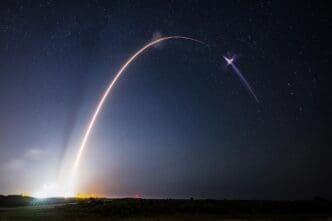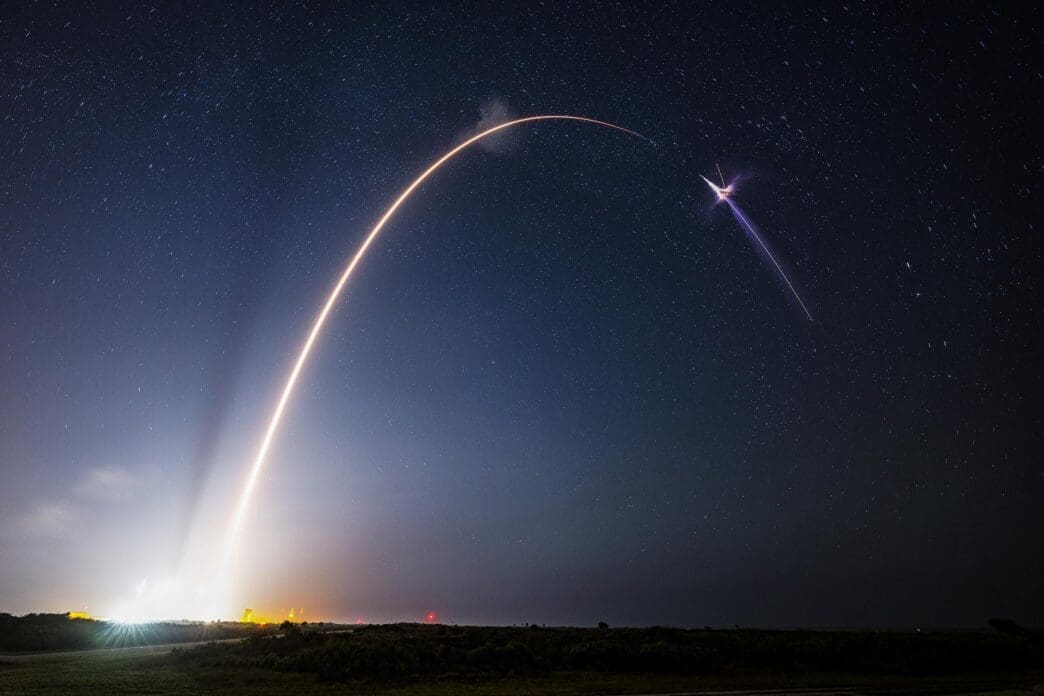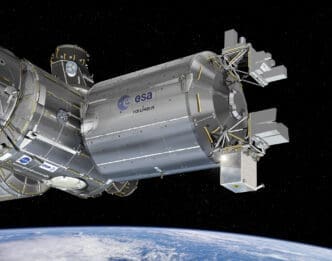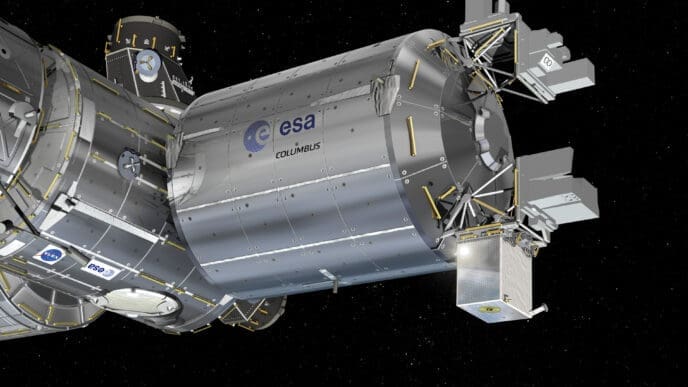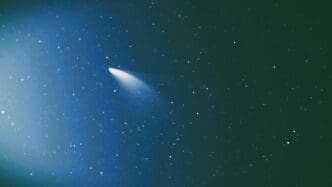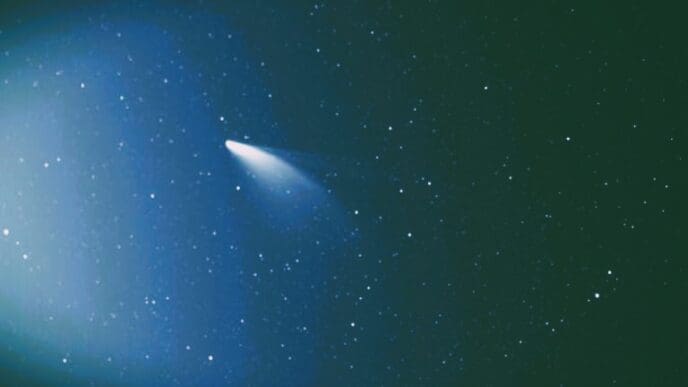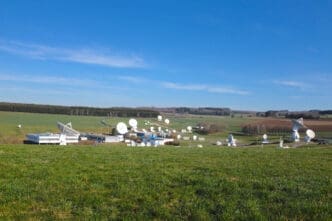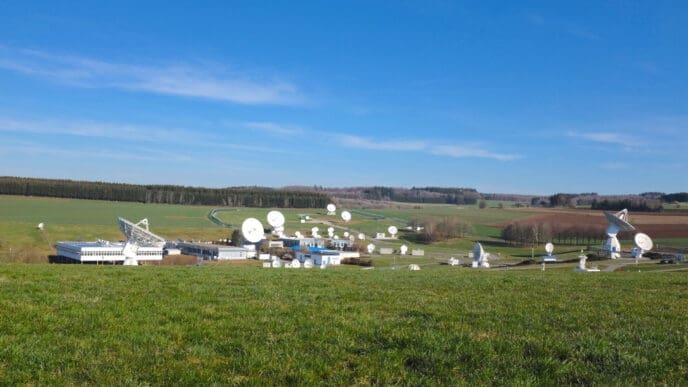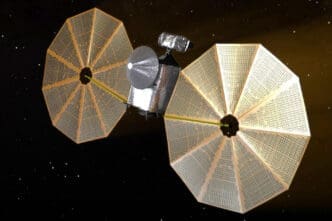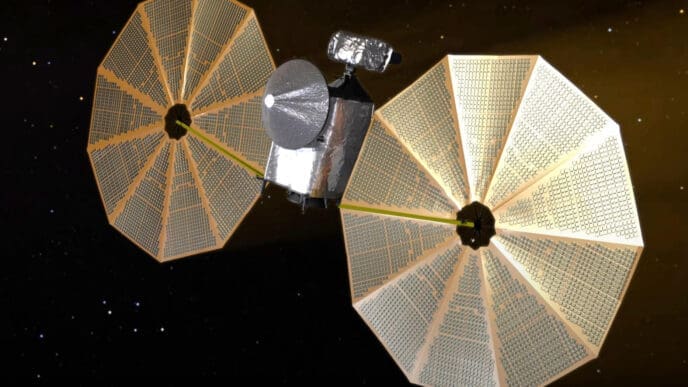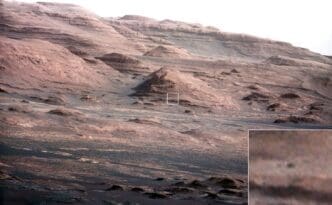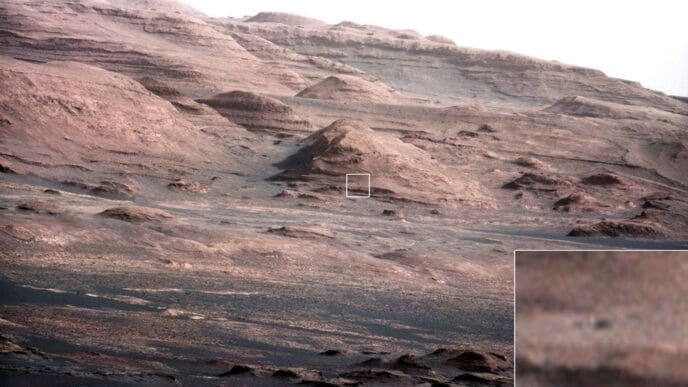NASA and SpaceX are gearing up for the launch of SpaceX’s 32nd commercial resupply services mission to the International Space Station (ISS) later this month. This mission will deliver a wide array of groundbreaking research experiments, bolstering the station’s role as a hub for scientific advancement. Aboard the SpaceX Dragon spacecraft, the experiments span various fields, including vision-based navigation, spacecraft air quality, materials for drug and product manufacturing, and innovative methods for plant growth with reduced dependence on photosynthesis.
These investigations are integral to pushing the boundaries of future space exploration, such as missions to the Moon and Mars, while also offering numerous benefits to humanity. Notable experiments being sent to the ISS include:
- Smartphone Video Guidance Sensor-2 (SVGS-2): Utilizing the ISS’s Astrobee robots, this experiment demonstrates a vision-based sensor developed by NASA to manage the coordinated flight of small satellites. Building on previous successful in-space technology demonstrations, this research aims to enhance the maneuvering capabilities of multiple robots and integrate this data with spacecraft systems. The potential applications of this technology include improved docking accuracy for crewed spacecraft in orbit and remote operation of multiple robots on lunar or Martian surfaces.
- Aerosol Monitors: Addressing the crucial need for maintaining safe air quality during space missions, this investigation tests three different air quality monitors in space. The goal is to determine which monitor best protects crew health and ensures mission success. Additionally, the study evaluates a device capable of distinguishing between smoke and dust, aiming to reduce false smoke alarms that require crew intervention, thereby preserving valuable crew time while ensuring astronaut safety.
- DNA Nano Therapeutics-Mission 2: This experiment focuses on the production of Janus base nanomaterials, which are DNA-inspired molecules designed to reduce joint inflammation and regenerate cartilage lost due to arthritis. These materials offer advantages over current drug delivery technologies, being less toxic, more stable, and more compatible with living tissues. The microgravity environment of the space station allows these materials to grow larger and more uniform, which could lead to the development of more effective and cost-efficient drug delivery systems in space.
- Industrial Crystallization Cassette (ADSEP-ICC): Enhancing an existing protein crystallization facility, this investigation adds the capability to process a wider variety of samples, including tiny gold particles used for cancer detection and targeted drug delivery systems. The microgravity environment enables the production of larger and more uniform gold particles, enhancing their research applications and real-world technological use in human health.
- Rhodium USAFA NIGHT: This study explores the response of tomato plants to microgravity and evaluates whether a carbon dioxide replacement could reduce plants’ reliance on photosynthesis, which requires significant spacecraft power. The investigation also considers the use of supplements, tested preflight on Earth, to boost plant growth on the ISS. Understanding plant adaptation to microgravity could be pivotal for growing food during long missions or in challenging Earth environments.
- Atomic Clock Ensemble in Space (ACES): Conducted by the European Space Agency (ESA), this investigation delves into fundamental physics concepts, including Einstein’s theory of relativity, using two next-generation atomic clocks in microgravity. The outcomes have implications for scientific measurement studies, dark matter research, and fundamental physics inquiries that depend on highly precise atomic clocks in space. The experiment also tests technology for synchronizing clocks globally via satellite networks.
For further insights and a closer look at the research and experiments heading to the ISS, high-resolution photos and videos are available for download, offering a visual journey into these scientific endeavors.

